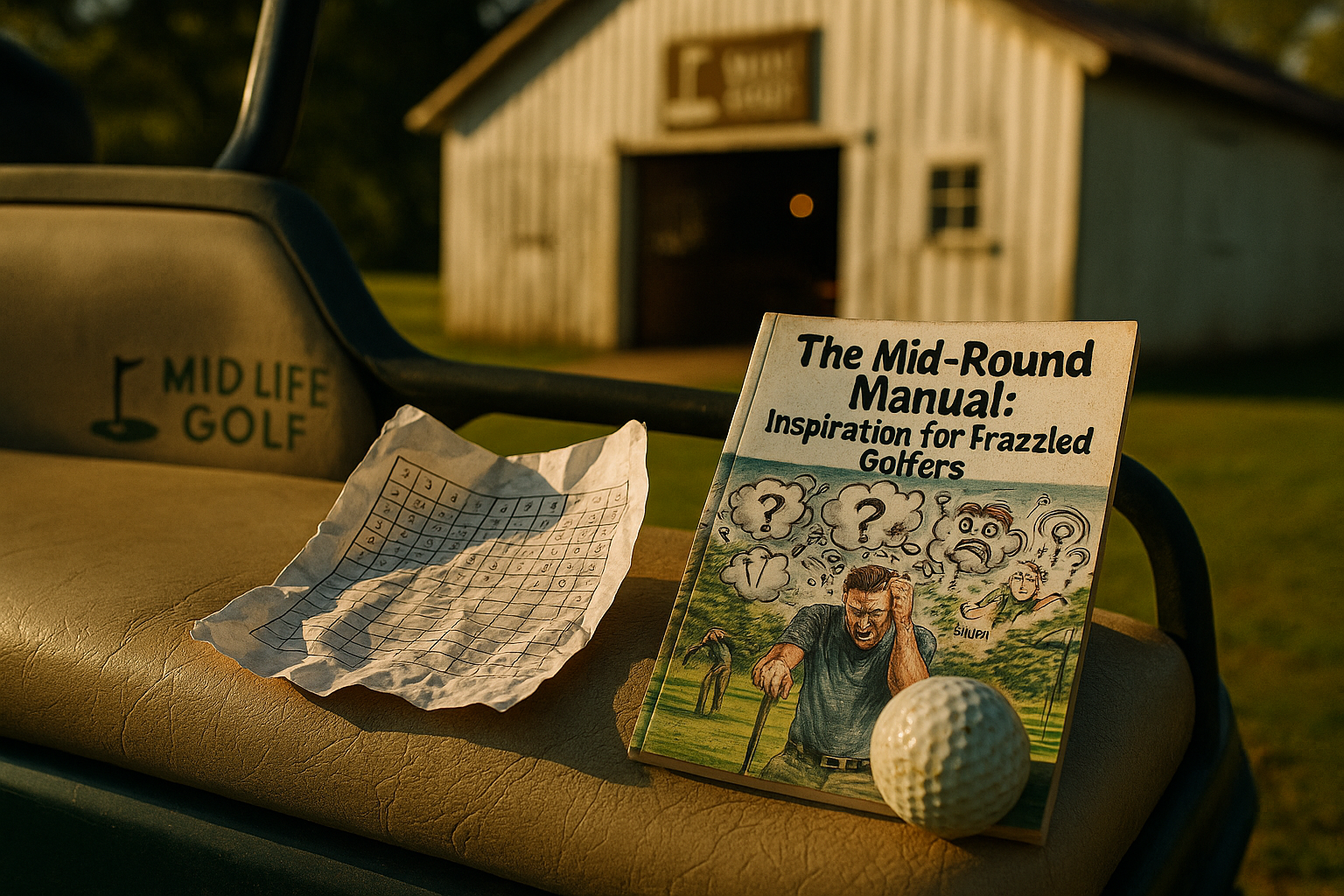Reflections from a Weekend Round and Some Eye-Opening Stats
Last weekend, I laced up my trusty FootJoys, grabbed my weathered Scotty Cameron, and headed out for 18 at Pheasant Hills. I shot a 97 — not exactly a personal best — but what really stuck with me wasn’t the score. It was the 43 putts it took me to get there. Including two painful misses (each would have won a skin) inside five feet. Let’s just say…it wasn’t my best day with the flat stick.
That round got me thinking:
What’s normal when it comes to putting for the average golfer?
Am I just a lost cause? Or is struggling on the greens just part of the deal when you’re navigating golf (and life) in your 50s?
Turns out, I’m not alone. Not even close.
The Average Golfer’s Putting Stats
Most stats out there — like from the USGA and various amateur studies — suggest that the average amateur golfer (someone shooting around 90-100) takes between 34 and 38 putts per round.
- A “good” amateur putter? Maybe closer to 32 putts.
- A typical weekend warrior? Somewhere between 36 and 38.
- A rough day? Breaking into the low 40s…right where I was last weekend.
Now compare that to the pros on the PGA Tour:
They average around 28-30 putts per round — and that’s with greens running at 12+ on the Stimpmeter and pins tucked behind bunkers the size of small lakes. But remember: they also hit way more greens in regulation, giving themselves more two-putt chances instead of scrambling for bogey or worse.
For the rest of us?
Missed greens mean more chips, more awkward lies…and often more three-putts when the recovery shots don’t leave us close enough.
A Quick Reality Check
Here’s a simple way to look at it:
- If you’re shooting in the 90s and taking 38-40 putts, you’re pretty typical.
- If you’re over 40 putts regularly (like I was with my 43), that’s a sign that your putting — or maybe your short game leading into the putts — needs attention.
- Missing short putts — inside five feet — is a killer. That’s where a lot of strokes get wasted, and it turns out it’s often more about mental focus than mechanical failure.
Also, think of it this way:
On an 18-hole round, if you can save one putt every three holes, that’s six shots off your scorecard. For a guy shooting 97, that’s the difference between being frustrated and being really happy with the round.
So, What Can We Learn?
Golf at our stage of life isn’t about beating ourselves up. It’s about being honest, staying curious, and finding small ways to get better.
For me, after last weekend’s 43-putt fiasco, I’m focusing on two simple things:
- Commit to short putts. Trust the line, trust the stroke, and don’t baby it.
- Lag putting practice. Get better from 30-50 feet so that my second putt is always inside tap-in range.
And you know what? If I still three-putt a few greens here and there…I’m going to let it go. Because if there’s one thing Mid Life Golf teaches you, it’s that golf — like life — is about progress, not perfection.
Here’s to a few less putts and a few more cold ones after the round.
– Kurt
MidLifeGolf.com
#MidLifeGolf #PuttingStats #GolfReflection #GolfLife #AmateurGolf #GolfNotPerfect #GolfHonesty #WeekendGolfer
